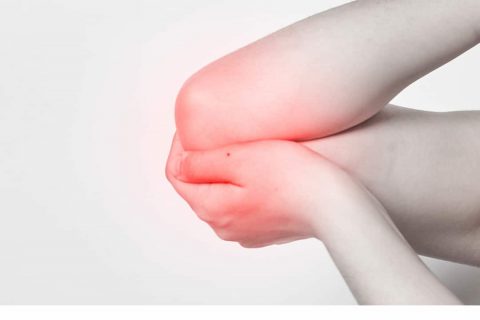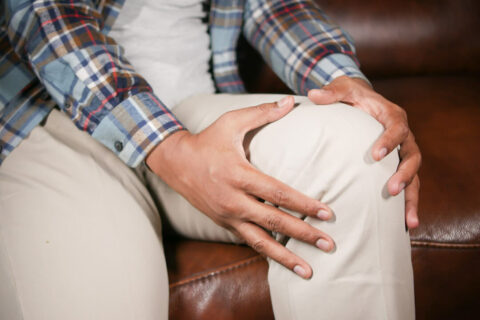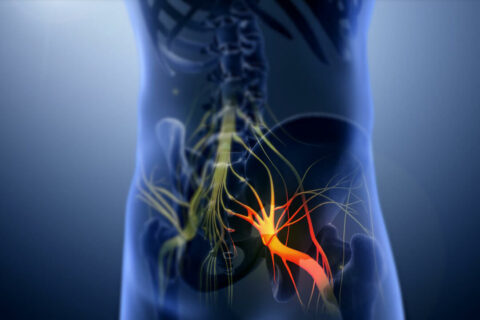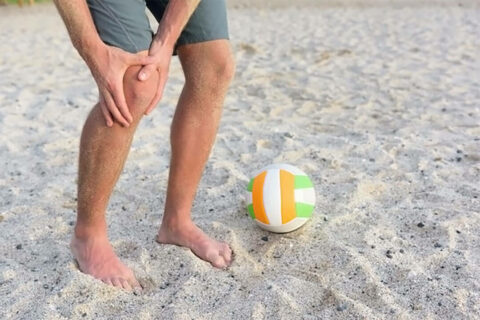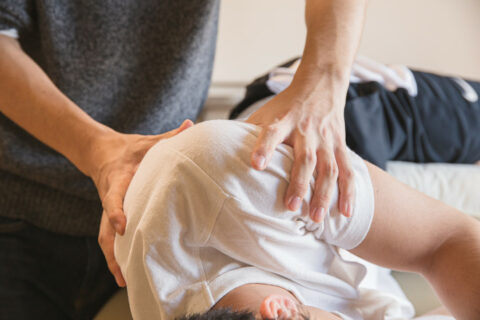Osteopathic techniques – soft tissue technique

Continuing in this series of articles on Osteopathic techniques today I will discuss soft tissue techniques.
The soft tissues of the body are basically everything that is not bone. So we include in this muscles, tendons, ligaments etc. Over many years Osteopaths have developed a number of manual methods to address these structures which are known under the umbrella term of soft tissue techniques. What is the difference between Osteopathic soft tissue technique and massage? The differences are usually qualitative. Traditional massage was usually directed only at muscle and often involved broad movements. Massage has evolved over the years to incorporate more specific techniques from other disciplines some of which have been imported from Osteopathy. Even so there are strategic differences that Osteopaths use in their soft tissue approaches.
Firstly Osteopaths are always specific, aiming treatment at either a muscle or group of muscles or tendons, ligaments and facia. Secondly they stop as soon as a reaction has been accomplished. Once the muscle or tendon has been relaxed or “released” then the technique has accomplished its purpose and there is no further need to continue. In fact if the technique were continued it may result in irritating rather than normalising the area. Thus there is a constant monitoring by the Osteopath on the area being treated to determine what “dose” of technique is necessary. There are no predetermined moves which is why you can’t front up to an Osteopath and ask for a one hour massage.
The early Osteopaths employed a lot of leverage in their massage techniques often using arms, legs and bending the torso to get to the exact site needed. This type of leverage was extremely good at addressing the deeper structures of the body that could only be affected indirectly. For instance to treat a deep ligament in the knee it is impossible to directly touch it, but by employing leverage and moving the lower leg on the upper leg it can be affected without directly contacting the ligament. Modern Osteopaths still utilise this type of leverage but it is rarely used in contemporary massage.
Osteopathic soft tissue techniques may be the only techniques needed in a treatment session or sometimes they are used as preparation or in combination with other techniques such as manipulation or other gentle joint release techniques. Thus Osteopathy is a continuum from one technique to another depending on the reaction of the patient.
It is always the patient and their presenting complaint that determines what type of technique to use and how long to apply it. As the old saying goes if all you have is a hammer then everything looks like a nail. Osteopaths have a vast array of tools to use so you’ll never be treated like a nail.

